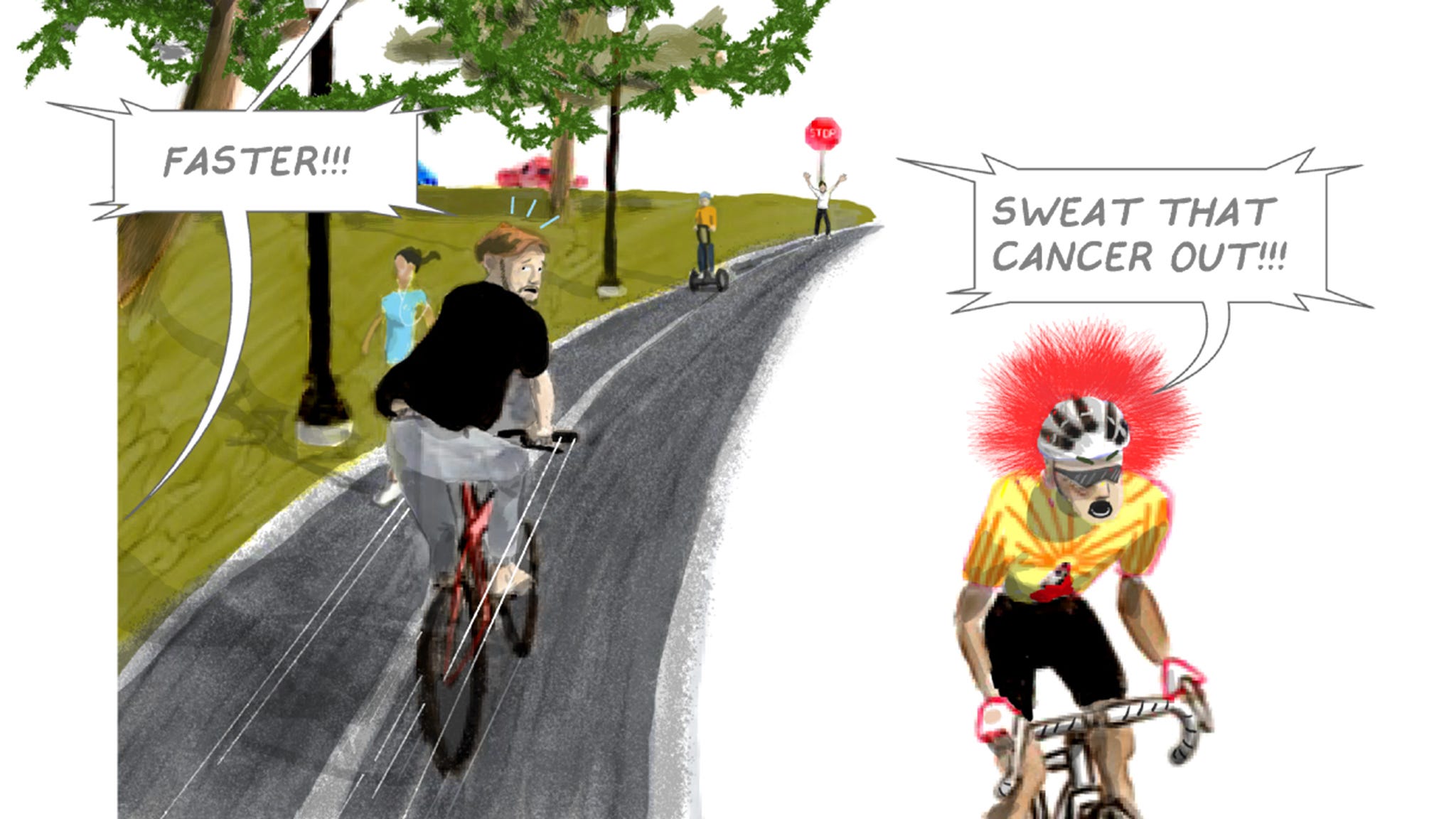I’m Not The Perfect Cancer Survivor. But I’ve Learned to Live With That.
Years after successfully surviving a malignant brain tumor, I still feel guilty for not being the hyper-athletic, diet-conscious superhero we’re told every survivor should be.
Keep reading with a 7-day free trial
Subscribe to Narratively to keep reading this post and get 7 days of free access to the full post archives.




